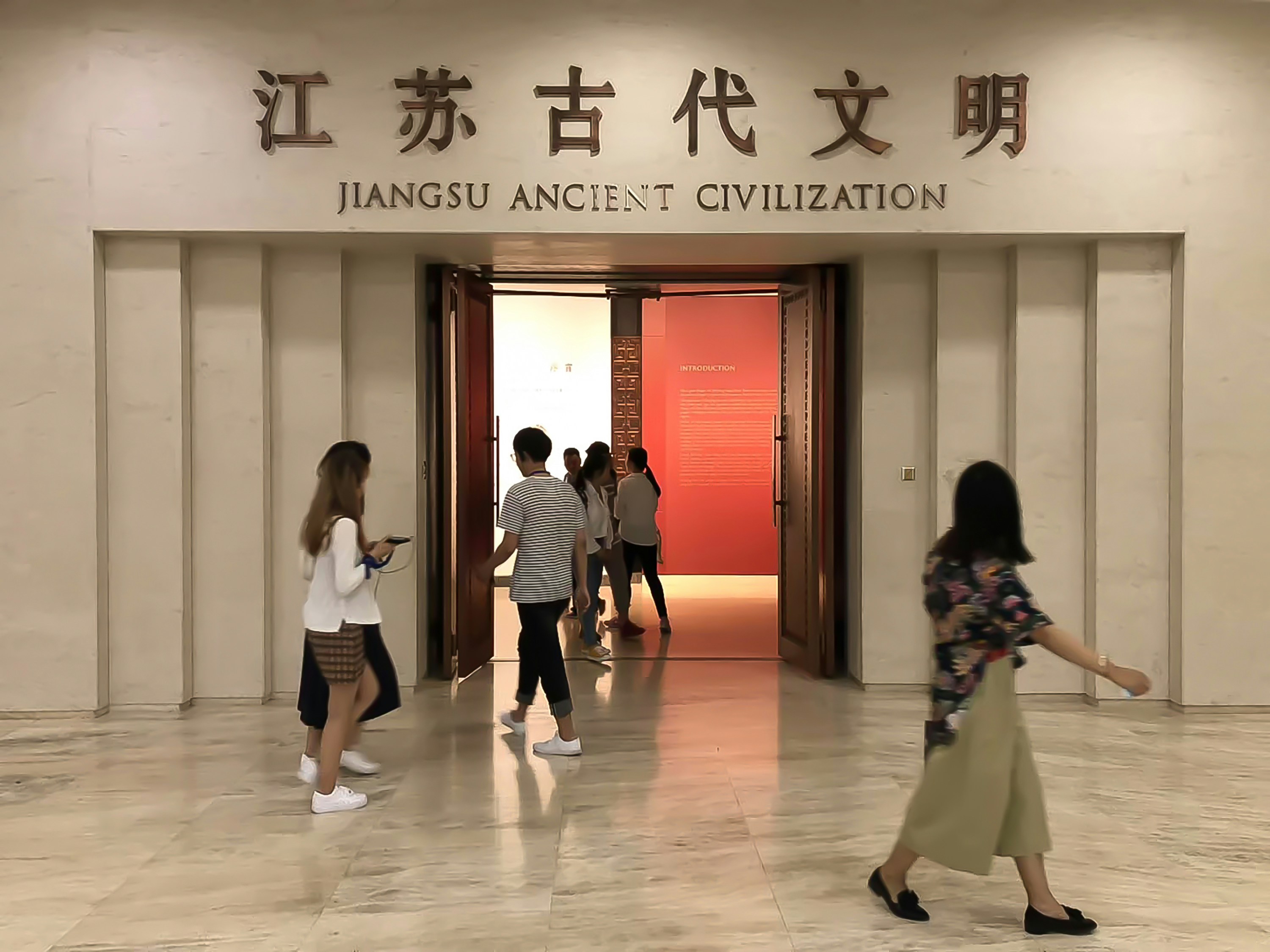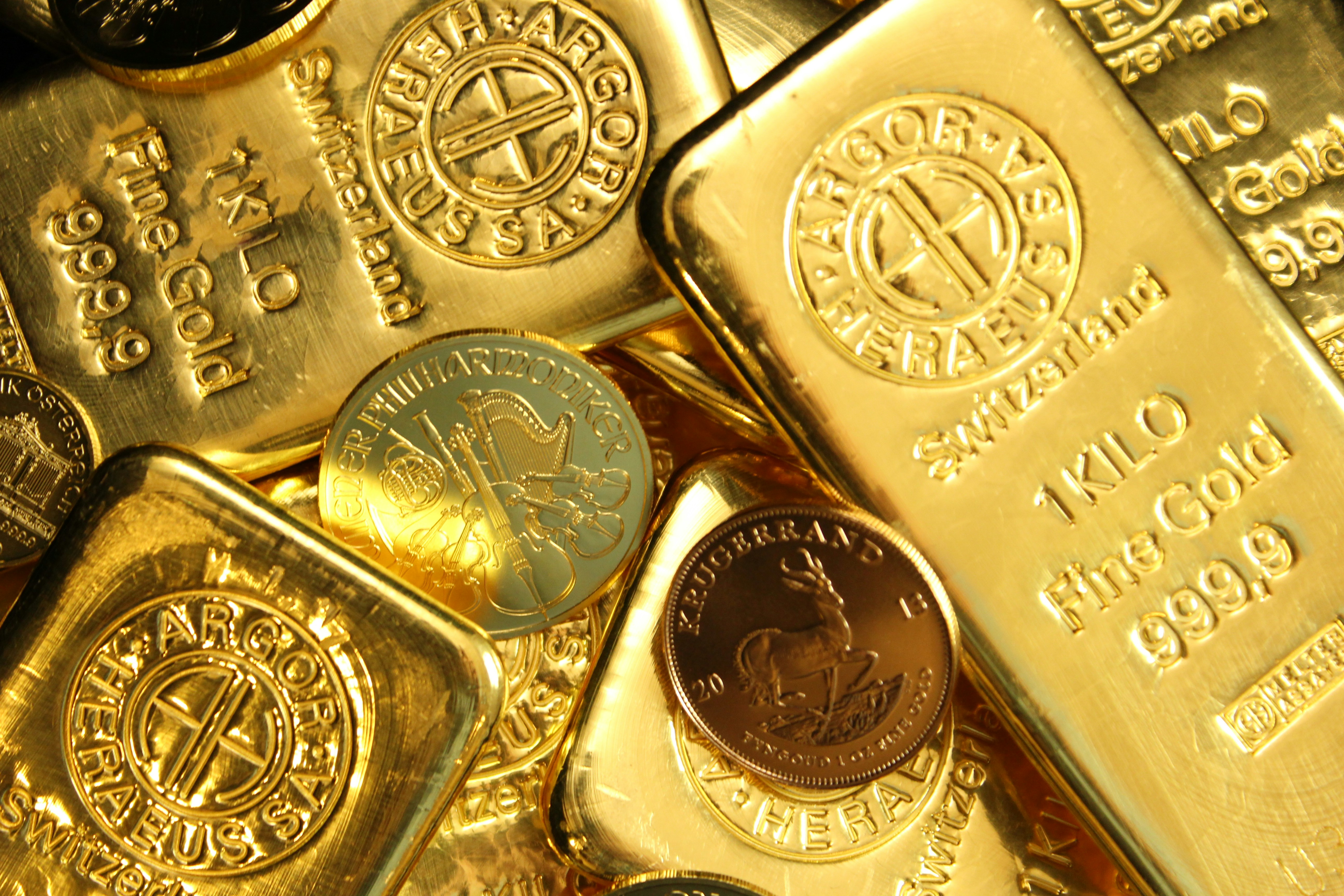The Gold Market
The gold market has long stood as a pillar of economic stability, known for its enduring value and universal appeal across cultures. As a commodity, gold has not only served as a medium of exchange and a form of currency throughout history but also as a safe-haven asset during periods of economic uncertainty. Its intrinsic value and scarcity make it an attractive investment option, particularly during inflationary times or geopolitical tensions. Over the years, the gold market has evolved, reflecting changes in societal needs, technological advancements, and economic dynamics.

Historically, gold’s significance can be traced back thousands of years, with civilizations from ancient Egypt to modern economies utilizing it for trade and to signify wealth. The yellow metal has played an essential role in the establishment of monetary systems, such as the gold standard, which linked currency value directly to gold reserves. Although many countries have shifted away from this system, the emotional and financial resonance gold holds remains strong, boosting its desirability in portfolios as a hedge against uncertain economic climates.
Factors Driving the Price of Gold
The price of gold is influenced by a myriad of factors that create a complex landscape for investors and market participants. One of the primary drivers is inflation. As the purchasing power of currency diminishes due to rising prices, gold is often seen as a hedge against inflation. Investors tend to flock to gold during periods of high inflation, which bolsters its price. This intrinsic value stems from gold’s historical role as a stable store of wealth, particularly in times of economic uncertainty.
Currency fluctuations also play a significant role in determining gold prices. When the value of the U.S. dollar weakens, gold becomes cheaper for investors holding other currencies, thereby increasing demand. Conversely, a stronger dollar generally leads to declining gold prices as it makes the metal less attractive internationally. Consequently, the interplay between gold and currency values is critical in shaping market trends.
Geopolitical tensions further amplify the complexities surrounding gold prices. In times of political instability, conflict, or uncertainty, gold often experiences a surge in demand as it is perceived as a safe-haven asset. This phenomenon has been evident during various crises, where investors seek the stability that gold has historically provided. The fear of potential financial downturns or drastic policy changes can lead individuals and institutional investors to increase their gold holdings, pushing its price upward.
Additionally, central bank policies and interest rates indirectly affect the gold market. Low interest rates reduce the opportunity cost of holding gold, making it an attractive investment. This correlation can become particularly pronounced when compared to yielding assets such as bonds. Overall, understanding the interplay of these factors is essential for grasping the dynamics that influence gold prices and the sentiment surrounding this valuable metal.
Global Economic Uncertainty and Gold Demand
The interconnectedness of global economies often leads to periods of uncertainty, instigating shifts in investor behavior and asset preferences. One asset that has historically maintained its allure during turbulent times is gold. As a trusted safe-haven investment, gold tends to see a rise in demand during economic crises, political instability, or fluctuations in financial markets. This trend is not merely anecdotal; it is supported by data and past events that highlight gold’s role as a store of value amid chaos.
For instance, during the 2008 financial crisis, many investors turned to gold as equities tumbled. The global recession caused significant declines in consumer confidence, prompting individuals and institutions alike to seek refuge in gold. This shift resulted in a remarkable increase in gold prices, which surged past $1,000 an ounce for the first time. Such events illustrate how gold acts as a hedge against economic downturns, effectively preserving wealth when traditional assets falter.
More recently, the economic impact of the COVID-19 pandemic further underscored the inverse relationship between gold prices and economic uncertainty. As governments worldwide implemented lockdowns and enacted stimulus measures, fears of inflation and currency devaluation loomed large. In response, the demand for gold escalated, propelling its price to reach historic highs in 2020 and 2021. Consumers and investors alike demonstrated a renewed interest in gold, showcasing not only its physical form but also financial products like exchange-traded funds (ETFs) linked to gold.
This pattern of rising demand during periods of uncertainty suggests that, as global economic challenges persist, gold will likely continue to play a pivotal role in investment strategies. The inherent qualities of gold—its scarcity, intrinsic value, and historical significance—position it favorably against inflationary pressures and market volatility, underscoring its importance in a diversified investment portfolio.
Central Banks and Gold Reserves
Central banks play a pivotal role in the gold market, serving as major stakeholders in the accumulation and disposal of gold reserves. These institutions often engage in policies that either increase or decrease their gold holdings, significantly influencing not only the market value of gold itself but also the confidence of the public in fiat currencies. This dynamic relationship is worth exploring further, especially in the context of recent trends in global economic stability.
Historically, central banks have utilized gold as a hedge against inflation and currency devaluation. In times of economic uncertainty, such as during financial crises or periods of geopolitical instability, many central banks have opted to bolster their gold reserves. This strategy is often perceived as a safeguard, contributing to overall market stability and reinforcing public trust in the monetary system. The actions taken by central banks can lead to significant fluctuations in gold prices; an uptick in central bank buying can signal increased demand, subsequently driving up market prices.
Additionally, the growing trend of central banks diversifying their reserves into gold indicates a potential shift away from a reliance on traditional fiat currencies. This tendency reflects concerns regarding the sustainability of paper money in light of increasing national debts and erratic monetary policies. The implications of such purchases extend beyond the local economies of the buying nations, as they can influence global market trends and investor sentiment toward gold as a reliable asset.
As the economic landscape continues to evolve, the actions of central banks regarding their gold reserves are likely to remain consequential. Their decisions will not only affect the valuation of gold but will also impact the broader economic framework, delineating the delicate balance between perceived stability and potential risk in fiat currencies.
Technological Advancements and Gold Mining
The gold mining industry has undergone significant transformation due to the advent of various technological advancements. These innovations not only enhance the efficiency of gold extraction but also contribute to the sustainability and cost-effectiveness of mining operations. Automated systems, sophisticated data analytics, and environmentally friendly mining techniques are reshaping how gold is mined, processed, and monetized.
One prominent technological advancement in gold mining is the implementation of automated drilling and excavation equipment. This technology allows for more precise targeting of gold deposits while reducing labor costs and increasing the safety of mining operations. Automation streamlines the extraction process, leading to higher production rates and, consequently, a more stable supply of gold in the market. As efficiency improves, mining companies can lower operational costs, influencing the overall pricing dynamics of gold.
Furthermore, the use of advanced geological modeling software has revolutionized how miners identify potential gold reserves. By employing sophisticated algorithms and real-time data analysis, mining companies can predict the location and quality of gold deposits with greater accuracy. This results in more strategic planning and less resource waste, allowing operators to maximize the output from each mining site.
Additionally, innovations in processing techniques, such as heap leaching and bioleaching, have proven to be environmentally advantageous. These methods decrease the environmental footprint of gold extraction by minimizing water usage and toxic waste production. Adoption of such practices aligns with global sustainability efforts, making gold mining more attractive to environmentally conscious investors.
Overall, the technological advancements in gold mining are pivotal in shaping the landscape of this industry. As extraction practices become more efficient and environmentally sustainable, they will likely impact the supply dynamics of gold, stimulating changes in demand and affecting gold prices globally. The future outlook for the gold mining sector will increasingly depend on how effectively these technologies are integrated into mining operations.
The Investment Landscape: Gold vs. Other Assets
Investing in gold has long been considered a reliable strategy, particularly during periods of economic uncertainty. In contrast to more volatile asset classes such as stocks and cryptocurrencies, gold serves as a financial safe haven, helping to stabilize overall portfolio performance. While stocks have the potential for higher returns, they also come with increased risk driven by market fluctuations, economic performance, and geopolitical factors. In light of these dynamics, many investors choose to include gold in their portfolios as a hedge against market instability.
Bonds, another traditional investment option, offer lower risk and fixed returns; however, they tend to be more susceptible to interest rate fluctuations. As interest rates rise, bond prices typically decrease, leading to potential losses for investors. Gold’s unique qualities as a tangible asset can help combat these risks, as it often retains its value or appreciates during periods where other asset classes falter. This intrinsic value becomes particularly important for investors looking to stabilize their portfolios in uncertain times.
Cryptocurrencies have emerged as a novel investment avenue, attracting a new wave of investors seeking high returns. However, the market for cryptocurrencies is incredibly volatile and speculative, which can lead to significant losses in short periods. Unlike cryptocurrencies, gold has a historical record of retaining value over thousands of years, making it a more reliable store of wealth. Furthermore, during periods of inflation or economic downturn, gold has historically been viewed as a safe haven, boosting its attractiveness as part of a diversified investment strategy.
By investing in gold alongside stocks, bonds, and cryptocurrencies, investors can achieve a balanced approach that mitigates risk while potentially enhancing returns. Diversifying in this manner allows for a more resilient portfolio, especially in the face of ongoing economic challenges.
Future Predictions: What Lies Ahead for Gold Value
The future value of gold is an area of considerable speculation among economists and investors alike. As the world grapples with a multitude of economic challenges, the significance of gold as a safe-haven asset is increasingly being emphasized. With inflation rates fluctuating, geopolitical tensions rising, and economic recovery uncertain, experts are scrutinizing various indicators that could dictate the future landscape of gold prices.
One primary factor affecting gold value is inflation. Historically, gold has been viewed as an effective hedge against inflation; therefore, sustained inflationary pressures could drive demand for gold upward. Given the current global economic recovery from the pandemic, inflation rates are anticipated to influence market dynamics significantly. Economists are predicting that should inflation remain elevated over the coming years, gold’s appeal as a store of value could lead to higher prices. Conversely, if inflation proves transitory and central banks maintain tight monetary policies, the allure of gold may wane.
Geopolitical risks also play a vital role in shaping gold’s future. For instance, ongoing tensions in various regions can instigate uncertainty, prompting investors to shift toward gold for security. The rise of emerging markets and their potential economic influence may further complicate the outlook for gold. Should significant global events arise, such as diplomatic conflicts or trade wars, gold could experience increased volatility as investors seek refuge.
Lastly, advancements in technology and changes in mining practices may impact gold supply. Innovations that enhance extraction efficiency may lead to increased gold availability, potentially stabilizing or decreasing prices if demand does not keep pace. As experts continue to analyze these evolving economic factors, the future of gold remains captivating and uncertain, emphasizing the need for ongoing observation and study.
Environmental and Ethical Considerations in Gold Production
The gold mining industry has faced increased scrutiny over the years due to significant environmental and ethical concerns. One of the principal issues is the substantial ecological footprint left by mining operations. Deforestation, soil degradation, and water contamination are common consequences of gold extraction practices. Moreover, traditional mining methods often result in the release of toxic substances, such as mercury and cyanide, into the environment, which can have devastating effects on local ecosystems and communities. As a result, there is growing pressure for the industry to adopt more sustainable practices.
Consumers are becoming increasingly aware of the ethical implications surrounding gold sourcing. The demand for responsibly sourced gold is on the rise, reflecting a broader trend towards ethical consumption among investors and buyers. This shift is leading organizations and companies within the jewelry sector to seek certification systems that assure customers their gold has been mined under environmentally and socially responsible conditions. The attention on responsible sourcing not only addresses ethical labor practices and human rights but also promotes environmental stewardship, ensuring that mining operations do not irreparably harm local habitats.
As these ethical and environmental considerations gain traction, they are influencing market value and consumer choices. For instance, brands that prioritize sustainable practices may attract more conscientious consumers willing to pay a premium for ethically sourced gold. This consumer behavior is reshaping the gold market, as businesses pivot to secure a competitive edge by advocating for transparency in their supply chains. Thus, the gold industry is recognizing the necessity of integrating sustainable practices, as they not only address pressing environmental issues but also cater to a growing segment of the market that values ethical considerations in their purchasing decisions.
Conclusion: The Enduring Value of Gold
In evaluating the rising economic value of gold, it is evident that this precious metal continues to hold a significant position within the financial markets. Throughout the years, gold has established itself as a reliable safeguard against economic volatility, serving as both a hedge against inflation and a secure asset in times of geopolitical uncertainty. The analysis presented in this blog post underscores the multifaceted reasons for gold’s enduring appeal, ranging from its intrinsic properties to its historical significance as a measure of value.
One of the pivotal factors that influence gold prices is the changing dynamics of global economies. Central banks, especially during periods of economic distress, tend to increase their gold reserves, impacting supply and demand fundamentals. Furthermore, investor behavior shifts towards gold during financial crises, driving up its market value. Additionally, the continuous exploration of gold mining and advances in extraction technologies will play a crucial role in shaping future availability and prices. These elements highlight the importance of closely monitoring the intricacies of the gold market for both seasoned investors and those interested in the broader implications of economic trends.
For casual observers of economic conditions, understanding the factors that drive gold’s value can provide valuable insights into broader market health. The interplay between currency stability, inflation rates, and geopolitical events can serve as a compass for predicting gold price movements. By staying informed about these variables, individuals and investors alike can make better decisions regarding their asset allocation strategies. Ultimately, as the economic landscape continues to evolve, the significance of gold as a cornerstone of financial stability remains resolute, reaffirming its standing as a vital economic asset for future generations.



















+ There are no comments
Add yours